
In some terribly tragic news from Maui, two tourists died in flash floods. A third is missing and is presumed to have also died. What heartbreaking news!
KHON2 published an exclusive interview with the wife of one of the flash flood victims. In the interview, she says that she didn’t know what a flash flood was or understand the warnings for it. She says that there needs to be more education for visitors to understand the hazards of flash floods.
The KHON2 segment says, “Most residents say it’s common knowledge to avoid hiking when it’s raining or when there are storm clouds over the mountain.” While that may be common knowledge for locals, it may not be well understood by visitors from locations where flash floods are not nearly as common as they are in Hawaii.
Per honolulu.gov, Hawaii averages 11 flash flood events per year. They are more frequent between October and April, but are possible any time of year.
We’ve witnessed how suddenly a flash flood can happen
As visitors ourselves, we didn’t really understand the dangers of flash flooding in Hawaii at first. From following the news in our nearly 15 years of covering Hawaii travel, we’ve learned how perilous they can be.
On a Maui hike to Waimoku Falls in 2011, we saw firsthand what a flash flood looks like. And, it was scary! Near the end of the trail, hikers must walk through a stream to get to the waterfall view. We had no trouble passing through it on our way to see the waterfall. Suddenly, as we stood admiring Waimoku Falls, the flow of the waterfall tripled in volume. The same stream that we had to traverse, is the same stream that follows the waterfall. Along with some other hikers, we stood by the swollen stream wondering if we could safely pass it. We all finally decided that it was passable as there were large rocks above water that we could hold onto as we crossed. It was risky but, prayerfully and thankfully, we all made it safely through.
Before we took that hike, we took all the precautions to check for flash flooding. We noticed that there were some light clouds on the mountain. We asked a park ranger if it was safe to hike that day and we were told it was safe. We don’t blame the park ranger because they have no way of knowing how much rain may or may not fall.
Why is Hawaii prone to flash floods?
The mountainous terrain of Hawaii is one of the reasons. When rain falls, particularly a heavy downpour, large volumes of water flow downhill quickly. Here’s how weather.gov describes this scenario:
“Steep, hilly, or mountainous terrain produces rapid runoff and quick stream response, since the water will travel downhill at greater speeds into rivers and over land. Rocky terrain can exacerbate the development of flash floods and raging waters since rocks and clay soils do not allow as much water to infiltrate the ground. Steep, narrow valleys generate rapidly flowing waters that can quickly rise to considerable depth. For instance, a mountain creek that is usually only 6 inches deep can swell to a 10-foot depth in less than one hour.”
What does a flash flood in Hawaii look like?
Check out this YouTube footage showing a waterfall that starts at normal flow, then suddenly is overwhelmed by water.
Notice the water turns brown. That’s an indicator of flooding as the heavy flow has gathered dirt.
Here’s another video showing the sudden arrival of a flash flood that’s posted on the Haleakala National Park’s website.
How do you avoid a flash flood when you visit Hawaii?
Here are some safety suggestions:
- Pay attention to the weather forecast. If heavy rain and/or a flash flood warning, watch or advisory are in the forecast avoid driving, hiking and swimming in areas with streams.
- Look to the sky above where you plan to hike, if it is dark gray, that could be an indicator that flash flooding could occur.
- Do not cross or drive through flooded streams or roads.
- See more tips here.
In addition to dangerous streams, flash flooding can cause, landslides, mudslides and dislodge rocks and boulders.
Always avoid brown water — both in streams and the ocean — during and after a flood as that water could be contaminated. Check local news for brown water advisories.

—
Were you already familiar with the dangers of flash floods in Hawaii?
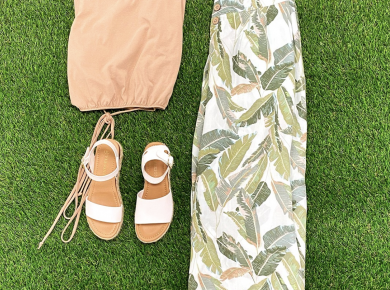
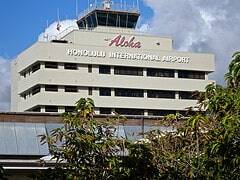
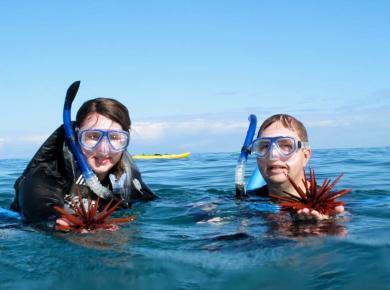
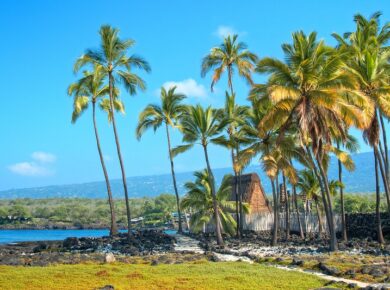
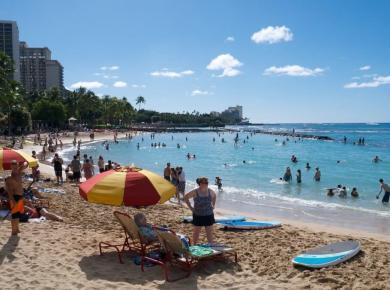
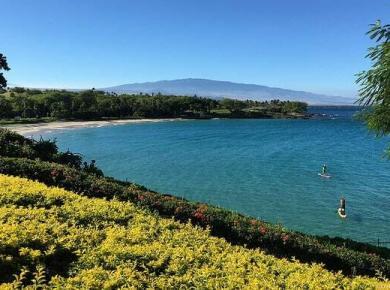
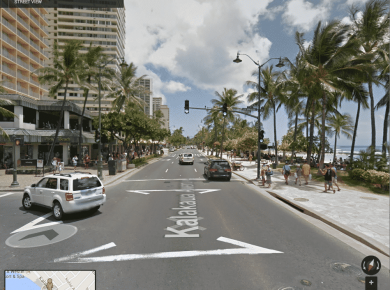
2 comments
Mahalo nui for sharing this important info and helping keep our visitor safe! Really enjoy your site!
Mahalo for sharing this important info and helping to keep our visitors safe!